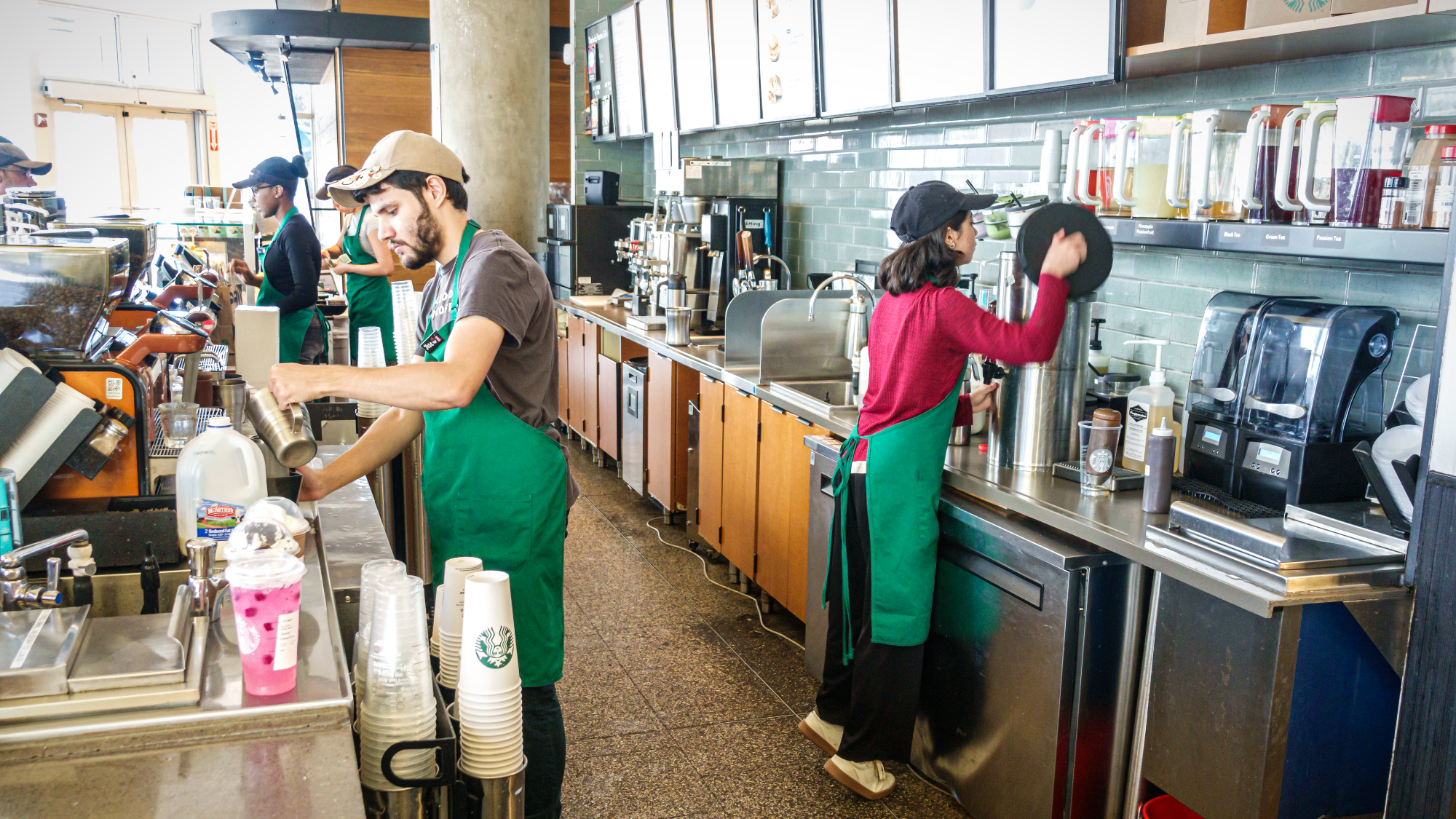Behind the Apron: The Starbucks Barista Dress Code Strike Explained
Starbucks baristas across multiple U.S. locations walked off the job this week to protest restrictive dress code policies, sparking a heated debate about worker autonomy and corporate culture in the service industry. The strike, organized by the Starbucks Workers United union, began on June 10, 2024, after months of failed negotiations over attire regulations that employees argue stifle self-expression and disproportionately impact marginalized groups.
The Dress Code Controversy: What’s at Stake?
The current Starbucks dress code, last updated in 2022, mandates:
- Solid black or white shirts with no visible logos
- Black or khaki pants (no jeans, leggings, or skirts above knee-length)
- Limited jewelry (one ring per hand, small earrings only)
- Natural-looking hair colors and “neat, conservative” hairstyles
“These policies feel like a throwback to the 1950s,” says Maya Rodriguez, a barista at a Seattle store participating in the strike. “They tell us our natural hair textures are ‘unprofessional’ and that we can’t show tattoos that represent our cultural identities. It’s not just about clothes—it’s about respect.”
Union Demands and Corporate Response
Starbucks Workers United has presented three core demands:
- Allow colorful hair, visible tattoos, and cultural/religious attire
- Permit jeans and more comfortable shoe options
- Establish a worker-led committee to review future policy changes
Starbucks CEO Laxman Narasimhan responded in a June 11 statement: “While we respect our partners’ right to organize, we believe our dress code maintains the welcoming environment customers expect. We’re reviewing feedback but must balance individual expression with brand consistency.”
Workplace Expression in the Post-Pandemic Era
The strike reflects broader shifts in workplace norms. A 2023 Gallup survey found:
- 78% of service workers under 35 prioritize self-expression at work
- Companies with flexible dress codes saw 23% lower turnover rates
- 62% of customers don’t notice employee attire if service is excellent
“This isn’t just a Starbucks issue—it’s about redefining professionalism,” notes Dr. Alicia Chen, labor historian at Cornell University. “The pandemic accelerated demands for workplace autonomy. Younger workers especially reject the idea that uniformity equals quality service.”
Financial and Operational Impacts
The strike has already caused:
- 37 store closures across 12 states
- Estimated $2.1 million in lost revenue (per analysts at Morningstar)
- 15% surge in mobile app complaints about delayed orders
However, the company’s stock (SBUX) remained stable, dipping just 0.3% since the walkouts began—a sign investors see this as a short-term disruption.
Comparative Analysis: How Other Chains Handle Dress Codes
Competitors have adopted more flexible approaches:
- Dunkin’: Allows colored hair, visible tattoos, and branded athleisure (since 2021)
- Peet’s Coffee: Permits jeans and cultural headwear with manager approval
- Local Cafés: 89% have no formal dress code (National Coffee Association data)
This contrast puts pressure on Starbucks as the labor market remains tight. The accommodation/food services sector still has 1.2 job openings per unemployed worker (BLS May 2024 report).
Legal and Cultural Dimensions
The dispute touches on complex issues:
- Religious Accommodations: 12% of complaints cite conflicts with hijabs, turbans, or jewelry
- Gender Expression: Nonbinary workers report higher dissatisfaction with binary clothing rules
- Racial Equity: Natural hairstyle bans disproportionately affect Black employees
“Corporate America is lagging behind anti-discrimination laws,” says employment attorney Darren Willis. “Seven states now ban hair discrimination, yet companies cling to Eurocentric standards.”
What’s Next for Starbucks and the Industry?
Possible outcomes include:
- Policy Revisions: Starbucks may allow subtle hair colors or larger tattoos
- Regional Pilots: Testing relaxed rules in progressive markets
- Union Contracts: Dress code becoming a bargaining chip in labor talks
The strike’s resolution could set precedents for retail and hospitality sectors worth $1.1 trillion collectively. As consumer habits evolve—73% now prioritize ethical business practices over speed (2024 Deloitte survey)—companies must weigh tradition against changing expectations.
Want to support baristas? Follow @SBWorkersUnited for strike fund details or contact Starbucks customer service to voice your opinion on inclusive workplace policies.
See more Business Focus Insider Team

